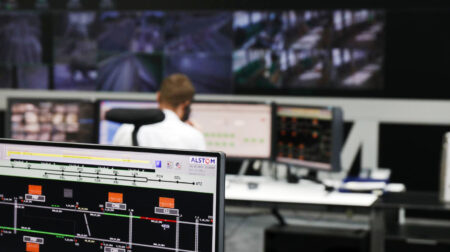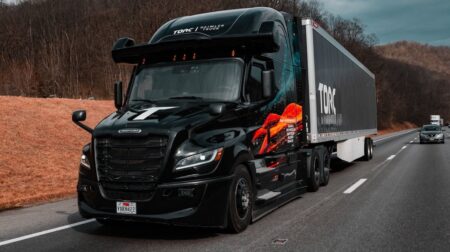Researchers from Carnegie Mellon University that took an all-terrain vehicle (ATV) through an off-road course to gather data believe the process could be used to develop similar self-driving vehicles.
The terrains on the course included mud, tall grass and loose gravel. The ATV reached speeds of up to 30mph (48.2km/h).
The device gathered data while turning, moving up and down hills and encountering the aforementioned environmental factors. It recorded video, wheel speed and suspension shock travel using the machine’s seven types of sensor.
According to the research team, this dataset, called TartanDrive, covers roughly 200,000 of these interactions and could be the biggest real-world, off-road driving dataset of this type.
The five hours of data, they suggest, could be useful for the programming and training of self-driving ATVs.
“Unlike autonomous street driving, off-road driving is more challenging because you have to understand the dynamics of the terrain in order to drive safely and to drive faster,” said Wenshan Wang, a project scientist at the Robotics Institute.
“We were forcing the human to go through the same control interface as the robot would.
“In that way, the actions the human takes can be used directly as input for how the robot should act.”
Previous off-road research has often involved annotated maps that provide labels such as mud, grass, vegetation or water to help the robot understand the terrain.
However, according to researchers, a drawback of this approach is that this kind of information often isn’t available and can be unreliable when present.
The label of mud, for example, does not provide details about the area’s suitability for driving.
This motivated the team to pursue a robot that could understand dynamics and reason on its own about the physical world.
The research team found that the multimodal sensor data they gathered for TartanDrive enabled them to build improved prediction models.
Driving aggressively helped this by forcing the ATV to understand the dynamics of its surroundings.
The ATV was driven by the team, though they used a drive-by-wire system to manage steering and speed.







